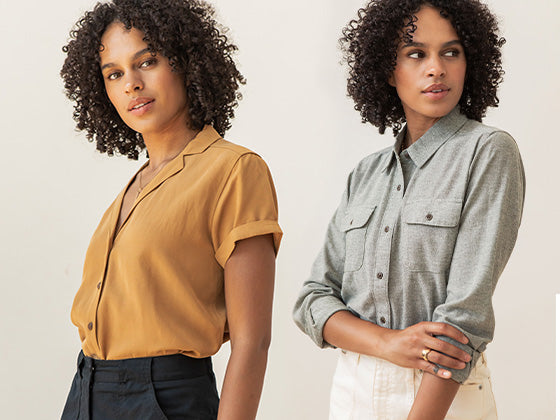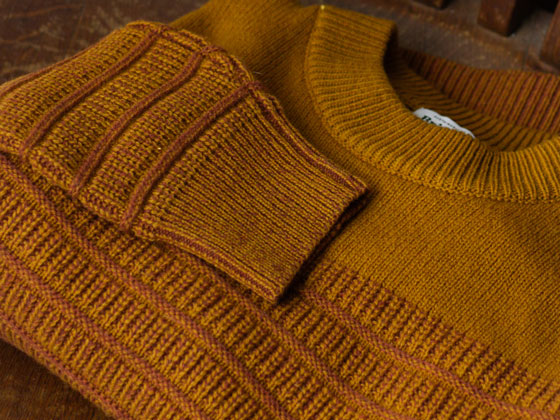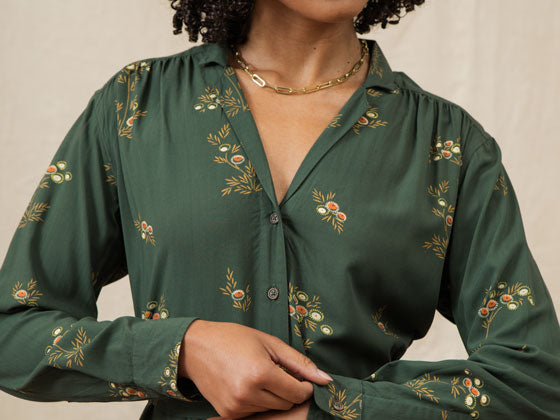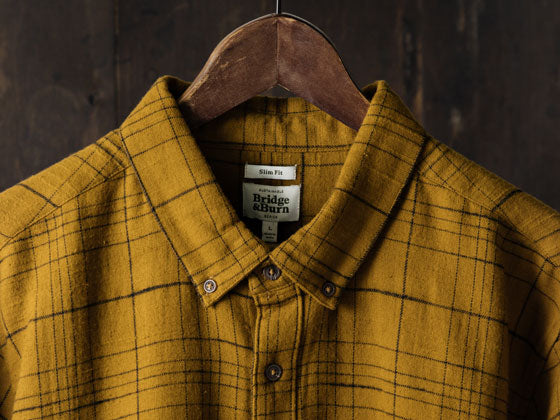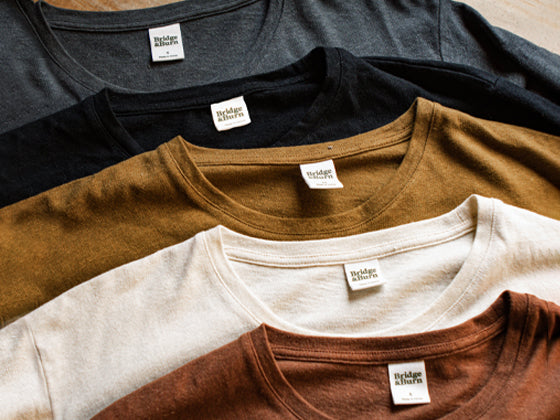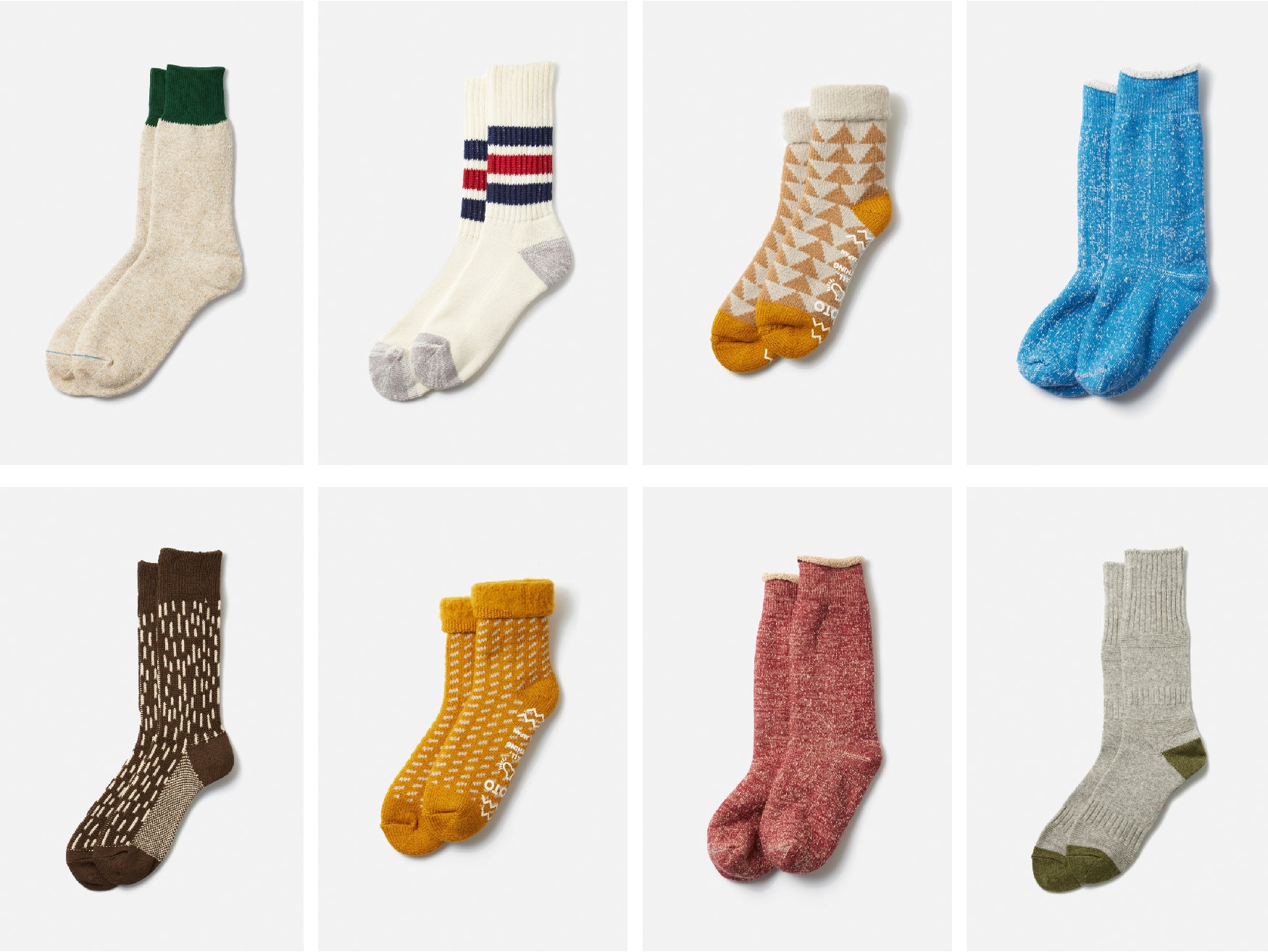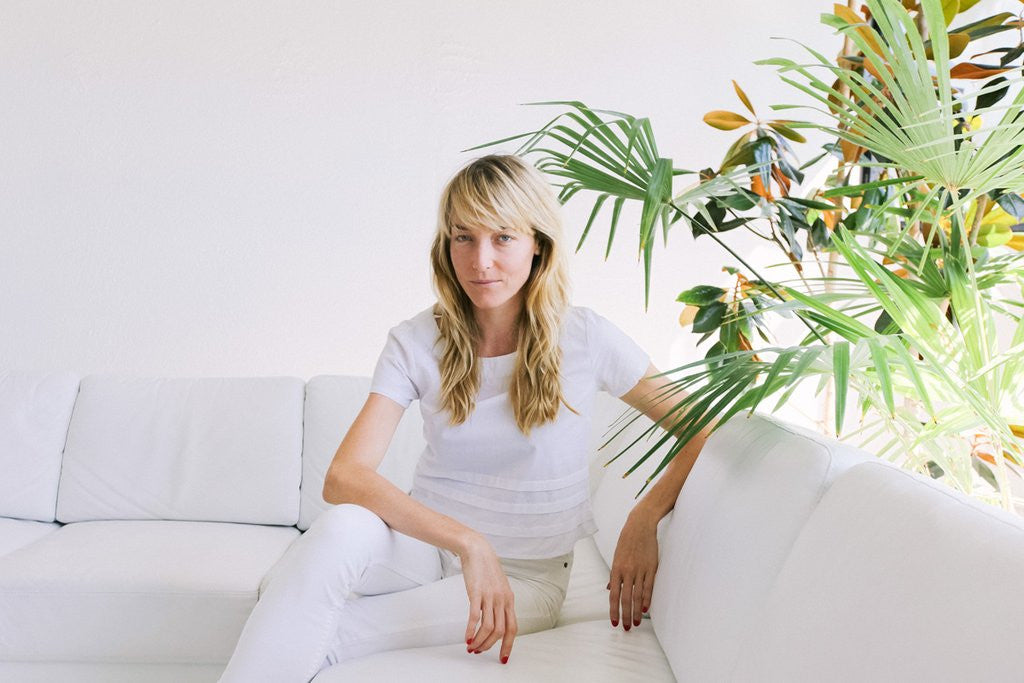Creating Bridge & Burn required a leap of faith. Founder, Erik Prowell quit his job as a software developer, lit the proverbial match, and threw it—burning the bridge of working for anyone else behind him. With no formal training he trusted his smarts and his strong work ethic, and took the plunge. In that spirit, Bridge Burners is a series showcasing people who are taking a similar leap.
When Vogue’s editors declare you gave them the best haircut of their lives, you might expect it to be the impetus for a fanfare-heavy LA salon opening. Or a barrage of invitations to style shows in London, New York and Milan. Or prime credits in glossy fashion magazines.
But for Ryann Bosetti, the recent write up from fashion’s who’s-who is freeing her up to do the exact opposite. The hairdresser is in the process of moving her practice from a sparse white-washed Portland loft to the high desert art community of Marfa, Texas, population 2,000.
It’s a far cry from the New York office job she started out in.

A practical teenager, Ryann pursued a business degree. “I wanted autonomy and I thought I’d get it by being a business person,” she says. “Ironically, the reality is that more often you’re just a cog in the wheel.” But optimistic about the lifestyle a corporate job would offer, she moved to New York after college for a covetable position in finance at Bumble and Bumble.
“I was immediately aware that this 9-to-5—excited on Friday night, suicidal on Monday morning—was not for me. I was 21 and was just like no way, I don’t want to get used to this. The only person I wasn’t depressed by was the creative director.”
With a keen eye, she observed that he was the guy taking research trips to Paris and three-hour lunch meetings. And it was he who spotted Ryann’s restlessness in the corporate environment. “He told me, ‘You’re so antsy. I think you need to be using your hands. Go to beauty school.’”
And to beauty school she went. Then, license in hand, she apprenticed with Bumble and Bumble and began to refine her craft. She took her practice to Portland because it seemed like the one city that afforded the space—physically and financially—and the support for a small business like the one she had in mind. It seemed like a natural incubator, and it was.

Despite learning from the best, Ryann started to sense that there was more to cutting hair than following a formula. “I was taught blueprints to replicate on people, with mathematical precision, which feels irresponsible to me,” she says. “It’s not culturally relevant because you’re not acknowledging the individual’s identity and personal culture. My method is really about throwing out the blueprints, and structurally addressing each person in a new way every time.”
Not that learning mathematical foundations weren’t essential. She compares it to fine art or architecture—you have perfect the framework before you can flip it. “It’s not just being punkrock and tearing shit up,” she explains “It’s reassembling this mathematical equation, factoring in subjectivity and human response.”
Hers is a truly empathetic approach to hairdressing—debunking the notion that hairdressing is a shallow practice. She describes an almost selfish selflessness that comes when a hairdresser is really living out their calling. “It’s almost like a rush that you get—when you know that you made someone feel better about being themselves.”
Referencing Susan Sontag’s essay “An Argument About Beauty,” she explains: “The term ‘beautiful’ has been desiccated. It’s been made shallow, feminine, almost evil. But what’s evil is that we’ve made one standard for beauty.”
Defying that standard and acknowledging the beauty in each individual is what drives her craft and pushes her to keep stepping away from societal expectations of what a successful hairdresser is meant to be or do.
“The power of aesthetics is the depth of aesthetics,” she explains. “When you give someone the sense of feeling beautiful, that is not a shallow experience; it goes down to the very core of their existence. I didn’t have to go on a mission to make it depthful—it is depthful. Acknowledging it and talking about it is all you have to do to be a responsible hairdresser.”
“It’s like a holy experience: having a practice and taking care of people,” she says.

Ryann takes a suitably post-modern approach for someone who’s setting up shop in a post-modern art community. And that’s not lost on her. She spent in her first months in Marfa developing her critical theory for the art of hair and the concept of, what she calls, a “culturally important haircut”. She felt compelled to articulate her method—breaking apart the map of the skull and moving through each section to define it in a series of essays. The unanticipated result was a book: Regarding Head Shape: Acknowledgment Of The Haircut As Form. “It was an exercise I wanted to put myself through and then it blossomed into this little orange animal,” she says, referencing the book’s fluoro cover.
That initial trip to Marfa was just as unexpected as the outcome. Literally on her way to spend a summer in London, she made an impulsive decision to switch her flight from New York, and instead spent three months with friends in the remote desert town. As the lone hairdresser for miles she suddenly found herself with a small but consistent practice. She fell in love with Marfa and just kept coming back.

Four years later, she and her art director boyfriend resolved to make it their permanent home which, in such a small town, meant finding a way to combine their skills to build something sustainable where they could both thrive professionally. “We do very different things but we’re both curators,” she explains. She’s also, by trade, a natural caregiver, and he, a creative.
Seeing a limited number of high-level opportunities for their network of emerging artists and musicians, they created a space to nurture the arts in a very practical way. Their Marfa property, dubbed “the Tropics” will host an ongoing rotation of monthly artist residencies.
“We want to give artists an opportunity beyond just a spot in a magazine—and actually support their development,” she explains. The fledgling project, just like the town of Marfa itself, is largely supported by New York art patrons. Their official start date is July 2015, but they’ve been hosting unofficial residencies on the property for a year.
It’s a project designed to give space to bourgeoning artists but, combined with her recent high profile media exposure, it’s also one that gives Ryann the space she’s desired all along.
“After the Vogue article came out, the New York fashion kids all asked, ‘Why aren’t you here? Why aren’t you doing fashion hair? You could do whatever you want. Why aren’t you doing more?’ Because, I don’t want to do more.”
Instead, she’s scaling back and gaining some balance. That means reducing the number of cuts she does in a day, allocating a few spots for fashion-inclined tourists so she can keep rates low for locals; the Marfa salon doesn’t have a phone number so booking takes some commitment.
“I feel like I’m always seeking out space so that I can expand and kind of push it—push boundaries. That’s why I left New York to come to Portland and that’s why I’m leaving Portland to go to Marfa—because I want to have more room to grow.”
For Ryann, that growth means doing less, but doing it better. Giving more, but to fewer people. And taking the time to acknowledge the individuality of each person who sits in her single salon chair. Regardless of what Vogue says.
Written by Amanda Lee Smith. Photos by Cara Denison.
